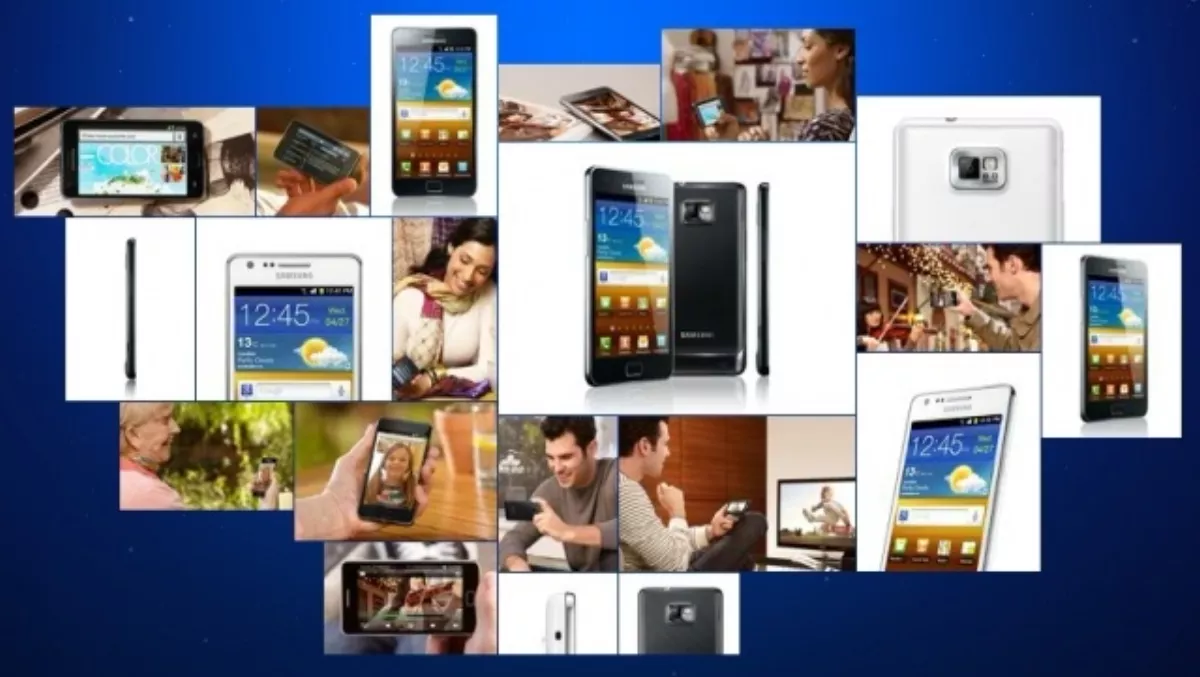
Samsung NZ: Securing without stifling
Kiwi businesses must harness the wave of disruptive enterprise mobility technologies to improve workforce productivity and boost bottom line results - or risk being overtaken.
There was a time when cutting edge IT could only be found in the enterprise.
Today, premium mobile technologies are designed for the consumer and the business.
They deliver security, performance, ubiquitous mobility and interoperability among interconnected devices.
Consumers want to replicate this superior IT experience at home and at work, and companies are starting to bring the efficiency and ease-of-use of top mobile technologies into their business process.
Consumers and businesses have many of the same IT goals, but the continued growth of mobile devices, BYOD, social media and consumer apps - from video conferencing to file-sharing - are putting IT departments under increasing pressure.
Many New Zealand organisations are finding it challenging to embrace mobility options while ensuring their networks remain secure.
However, the real value of enterprise mobility is realised when a company moves beyond just integrating devices into their IT network.
True value is realised when applications, content and services are delivered on robust devices, to the right people, in the right functions and on a secure foundation.
To achieve this synergy a business must put in place protocols to secure the IT network, both internally and at the endpoint, without locking down the ecosystem to a point where innovation is stifled.
A core challenge for the enterprise is how it balances its own expectations with its end-user objectives. An organisation must make sure that corporate data, content and applications are secure while an employee uses their personal device for work.
And when work and personal blend on a device, it’s in the organisation’s interest to ensure that an employee’s personal information is protected.
In response to this, three trends have emerged:
1. The emergence of ‘choose your own device’ (CYOD) policies, whereby organisations limit the number of devices the company allows on the network, while still providing choice to its employees
2. Creating a mobile enterprise management platform that encompasses what previously would have been point solutions (eg. mobile device management, mobile application solutions, mobile information systems, and mobile content management)
3. Taking a containerisation approach to enterprise mobility - this provides the enterprise and end-user with the best of both worlds, allowing the organisation to secure its content and applications while allowing the end-user to keep their personal information separate from the company’s.
Understanding how to navigate these three trends will help enterprises develop a multilayered defence, protecting both people and information within the organisation and at the end-point.
In achieving a modern mobility posture, an organisation enables itself to embrace the opportunities that come with the mobile revolution, maintain an open user-friendly ecosystem and keep a secure network environment.
By Verdon Kelliher, enterprise director, Samsung Electronics New Zealand

